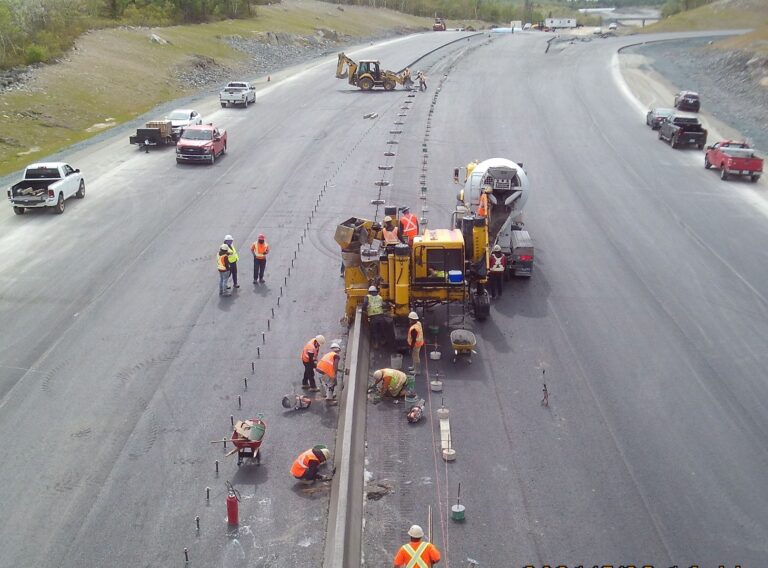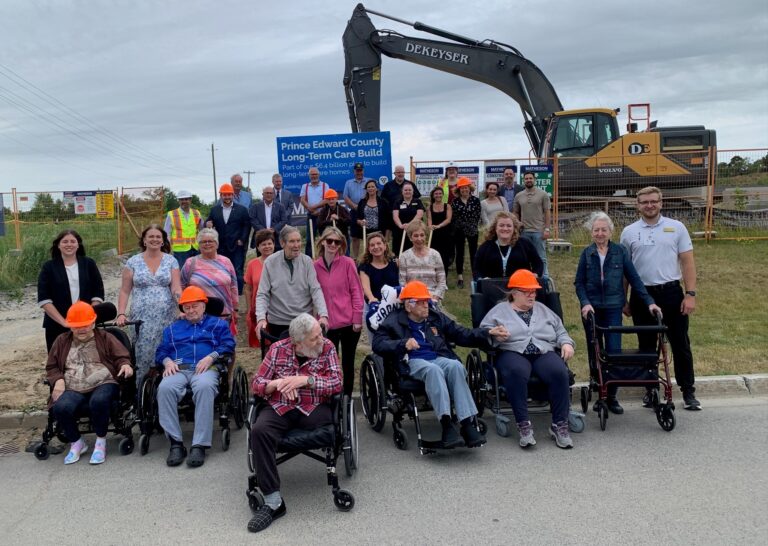Natural Resources Canada and the Federation of Canadian Municipalities (FCM) announced more than $900,000 through the Green Municipal Fund’s Community Buildings Retrofit initiative to help cities and towns across Ontario find the best approach to reduce energy consumption and greenhouse gas emissions at municipally owned buildings.
“With 18 percent of Canada’s GHG emissions coming from our buildings, making new and existing builds more energy-efficient while simultaneously investing in clean infrastructure will be a crucial part of achieving our climate targets. The Government of Canada is pleased to help municipalities across Ontario identify and capitalize on opportunities to lower emissions, increase energy efficiency and switch to sustainable practices,” said Jonathan Wilkinson, Minister of Natural Resources.
“Whether big or small, communities are at the heart of climate action. The building sector is the third-largest source of emissions in Canada, which is why it is so important that communities in Ontario and across the country find green solutions which apply to it. Together, we can improve our community infrastructure, accelerate the path to net zero and meet Canada’s climate change goals,” said Scott Pearce, FCM President.
The City of Sault Ste. Marie receives $200,000 to explore deep energy retrofitting of six of its buildings including the John Rhodes Community Centre, East End Wastewater Treatment Plant, Essar Centre, Public Works Centre, Fire Hall 4, and the Transit Administration/Garage.
The Town of Caledon receives $200,000 to identify methods to reduce energy and emissions for eight of its facilities including a recycling facility, two community centres, two fire stations, and the town hall. The study will explore low-carbon building renewal opportunities such as equipment replacement, fuel switching, lighting upgrades and renewable energy.
The City of Barrie receives $200,000 to study greenhouse gas emission reduction measures for eight municipal facilities, which account for 60 percent of the city’s building-related emissions. The study will consider unique aspects of each building, the potential for renewable energy, replacing equipment, and capital planning to identify optimal reduction pathways.
The Town of Carleton Place receives $126,400 to study the feasibility of achieving net-zero emissions at six municipal buildings including community centres, the town hall and emergency services buildings.
The City of Orillia receives $98,360 to look at reducing greenhouse gas emissions at five municipally-owned buildings including City Centre, the public library, Fire Hall 2 and the wastewater treatment centre. The study will examine innovative technologies new to the city such as geothermal heat pumps and ice plant heat recovery.
The Town of Essex receives $84,070 to study achieving net zero at the Essex Recreation Complex, Essex Centre Sports Complex, and Harrow Arena by examining measures including installing geothermal heat pumps, converting remaining natural gas heating to electric heating, and adding heat recovery to the refrigeration plants at each facility.
The Community Buildings Retrofit initiative is part of a $950 million federal investment in FCM’s Green Municipal Fund (GMF) and is designed to scale up energy efficiency and lower emissions across Canada.
Featured image: The City of Barrie will receive $200,000 to study greenhouse gas emission reduction measures for eight municipal facilities through the Green Municipal Fund’s Community Buildings Retrofit initiative. (City of Barrie)











